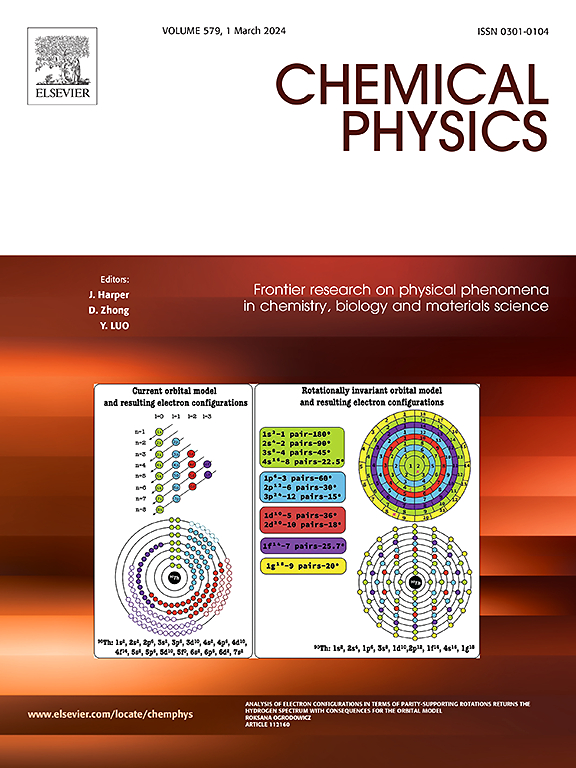Studying supercapacitance properties of Mg3Si and Ti3Si as novel electrode materials: A first-principles study
IF 2
3区 化学
Q4 CHEMISTRY, PHYSICAL
引用次数: 0
Abstract
In this research, the supercapacitor performance of two innovative and environmentally friendly materials, MgSi and TiSi, in bulk form are investigated using density functional theory (DFT). The mechanical and dynamic stability of these compounds are assessed through negative cohesive energy values and positive phonon density of states (DOS) modes. Furthermore, the electronic DOS analysis confirmed the metallic characteristics of these materials, highlighting their potential suitability as electrode materials. The partial electronic DOS at the Fermi level for MgSi was primarily contributed by the 3p orbitals of Si atoms, while for TiSi, the dominant contribution came from the 3d orbitals of Ti atoms. Furthermore, the highest surface quantum capacitance for MgSi was found along the xy direction, reaching 222.01 F/cm at a positive bias of 2.54 V, while TiSi exhibited a value of 293.91 F/cm at −0.59 V. These findings highlight the promising potential of these materials for supercapacitor applications.
新型电极材料Mg3Si和Ti3Si超电容特性的第一性原理研究
在本研究中,利用密度泛函理论(DFT)研究了两种创新的环保材料Mg3Si和Ti3Si的块体超级电容器性能。这些化合物的力学和动力学稳定性通过负内聚能值和正声子态密度(DOS)模式来评估。此外,电子DOS分析证实了这些材料的金属特性,突出了它们作为电极材料的潜在适用性。在费米能级上,Mg3Si的部分电子DOS主要由Si原子的3p轨道贡献,而Ti3Si的部分电子DOS主要来自Ti原子的3d轨道。此外,Mg3Si在xy方向上的表面量子电容最高,在正偏压2.54 V时达到222.01 μF/cm2,而Ti3Si在负0.59 V时的表面量子电容为293.91 μF/cm2。这些发现突出了这些材料在超级电容器应用方面的巨大潜力。
本文章由计算机程序翻译,如有差异,请以英文原文为准。
求助全文
约1分钟内获得全文
求助全文
来源期刊

Chemical Physics
化学-物理:原子、分子和化学物理
CiteScore
4.60
自引率
4.30%
发文量
278
审稿时长
39 days
期刊介绍:
Chemical Physics publishes experimental and theoretical papers on all aspects of chemical physics. In this journal, experiments are related to theory, and in turn theoretical papers are related to present or future experiments. Subjects covered include: spectroscopy and molecular structure, interacting systems, relaxation phenomena, biological systems, materials, fundamental problems in molecular reactivity, molecular quantum theory and statistical mechanics. Computational chemistry studies of routine character are not appropriate for this journal.
 求助内容:
求助内容: 应助结果提醒方式:
应助结果提醒方式:


